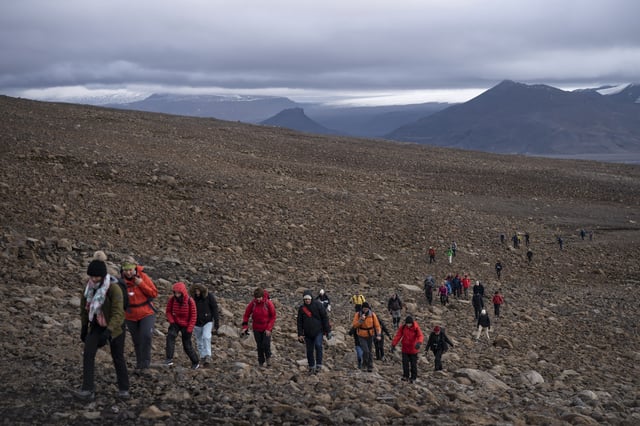Overview
- Copernicus data show May 2025 averaged 15.79°C—0.53°C above the 1991–2020 norm—making it the planet’s second-hottest May on record
- Last month’s global surface temperature stood 1.4°C above the 1850–1900 baseline, interrupting but unlikely ending a 21-of-22-month streak above 1.5°C
- A World Weather Attribution study found climate change amplified the May heatwave in Iceland and Greenland by roughly 3°C compared with preindustrial conditions
- Greenland’s ice sheet melted 17 times faster than average during the heatwave, raising risks of slowing the Atlantic Meridional Overturning Circulation and altering weather patterns
- Parts of Europe endured the driest spring since at least 1979 and the global sea surface temperature hit 20.79°C, second only to May 2024



